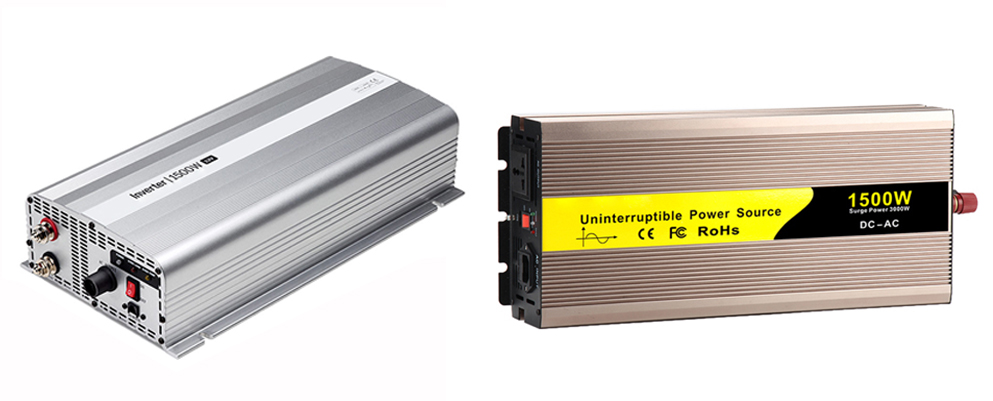Modern society is heavily dependent upon appliances that run on electricity. When there is a power failure, the power supply of these appliances is cut off and they stop working. In order to solve these problems of power failure and no power availability, ups inverter and inverter are designed. Both inverter and ups are used to provide standby power supply for electronic equipment in case of power failure.

Basically, current flows in and out of various electronic devices in the form of AC (alternating current) or DC (direct current). When electric energy can be obtained from commercial power, the inverter obtains electric energy in the form of AC and stores it in the battery. In order to do this, the inverter must convert the AC power supply to DC power supply and then store it. In case of power failure, the power of the battery must be supplied to various electronic appliances, but cannot be distributed in the form of DC. Therefore, the inverter converts DC into AC and supplies AC to the equipment until the end of power failure. After the power grid is restored, the inverter continues to convert AC energy into DC energy and store it in the battery for future use.
A key difference between inverters and 1500W ups inverter is the time it takes them to provide power from the battery in case of power failure: the offline ups (the standard) switches to the battery power supply within 3 to 8 milliseconds after the mains power is cut off. An inverter varies between 25 and 500 milliseconds. Devices that cannot tolerate this time delay, or devices that may be damaged due to incorrect shutdown, such as computers or sensitive medical devices, are paired with UPS rather than inverters for this reason.
Another significant difference between the two is that the real on-line double conversion ups inverter is considered to be able to regulate and monitor the current fluctuation. The ups provides protection against line abnormalities such as surge, voltage fluctuation, under/over voltage, spike and noise. This is the main reason why electronic devices with precision circuits use UPS instead of inverter backup. The purpose of ups is to provide a short window (10 or 20 minutes) of power, enough time to save programs and data, and shut down your device correctly. They do not intend to provide electricity for a long time.
